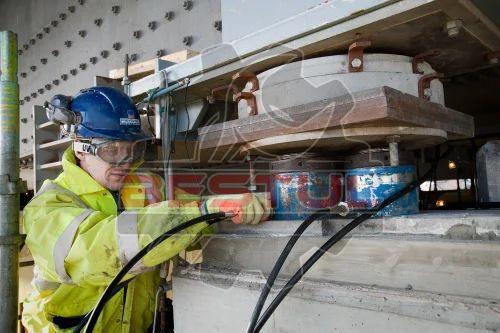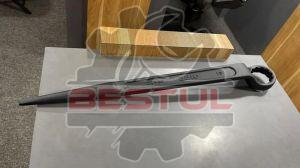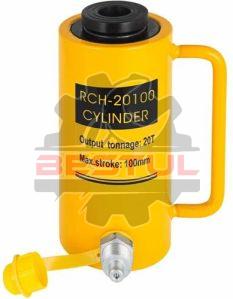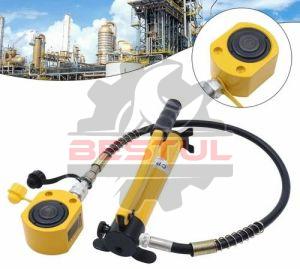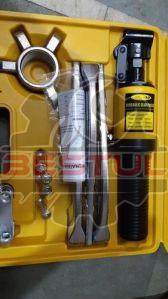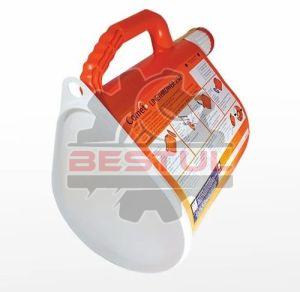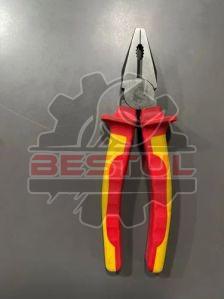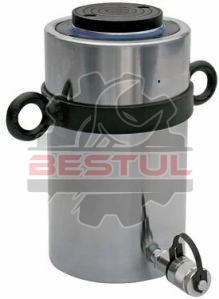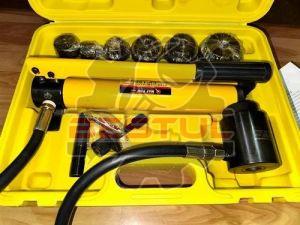| Business Type | Exporter, Supplier |
| Type | Hydraulic Jacks |
| Capacity | 50 Ton |
| Application | Construction |
| Click to view more | |
Product Details
A construction hydraulic jack is a specialized tool used in construction and engineering for lifting heavy loads. Here are some key points about construction hydraulic jacks:
-
Hydraulic System: Hydraulic jacks operate on the principle of Pascal's Law, which states that pressure exerted at any point on a confined fluid is transmitted equally throughout the fluid. They consist of a hydraulic cylinder which contains fluid, a pumping system to apply force, and valves to control the fluid movement.
-
Types of Hydraulic Jacks:
- Bottle Jacks: These are compact and commonly used in construction for lifting heavy objects such as vehicles or structural components.
- Floor Jacks: Larger versions used in workshops or construction sites to lift heavier loads off the ground.
- Toe Jacks: Used for lifting heavy machinery or equipment where clearance is limited.
-
Construction Applications:
- Lifting Structures: Hydraulic jacks are used to raise heavy beams, columns, or sections of buildings during construction or renovations.
- Foundation Repair: They can be employed to lift and stabilize foundations for repair work.
- Heavy Equipment: Used to lift and position heavy equipment or machinery into place.
-
Advantages:
- Strength and Stability: Hydraulic jacks can lift extremely heavy loads safely and precisely.
- Control: Operators have control over the lifting process, enabling gradual and precise adjustments.
- Versatility: Available in various sizes and configurations to suit different lifting needs.
-
Safety Considerations:
- Hydraulic jacks should be operated within their specified load capacities to prevent accidents.
- Regular inspection and maintenance of hydraulic systems are crucial to ensure safe operation.
- Proper training for operators to handle jacks correctly and safely.
-
Maintenance:
- Regular inspection of hydraulic fluid levels and condition.
- Lubrication of moving parts to prevent wear and ensure smooth operation.
- Periodic checks for leaks and damage to seals or hoses.
-
Choosing the Right Jack:
- Consider the weight capacity required for lifting.
- Evaluate the height and clearance needed for the lifting operation.
- Assess the stability and footprint of the jack to ensure it can support the load safely.
In construction, hydraulic jacks are indispensable tools for their ability to safely lift and position heavy loads, contributing significantly to efficiency and safety on job sites.

